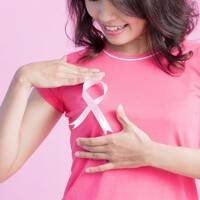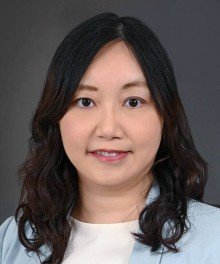Breast cancer is the most common cancer in women, with one in every 14 women diagnosed with this disease. While many are aware of the importance of performing regular breast self-exams, misconceptions about the symptoms of breast cancer still remain. With October being Breast Cancer Awareness Month, let us take this opportunity to examine some of the misperceptions or overlooked symptoms and risks of breast cancer.
One of the most common misconceptions is that a painless lump in the breast means it is likely unrelated to cancer. Unfortunately, this misconception often causes patients to delay seeking medical assistance and treatment. In fact, medical studies have shown that most breast cancers do not cause pain, meaning that a painless lump that is discovered in the breast still very much warrants our attention and vigilance.
In addition, any sudden change in the nipple or skin of the breast calls for special attention. For example, a nipple that suddenly becomes inverted is a warning sign of cancer as it may point to a tumor growing inside the breast, which causes the ligaments to pull the nipple inward. Separately, if a rash similar to eczema or one that is slightly red and moist develops on the nipple or breast, or if there is dimpling of breast skin, patients should consult a doctor as soon as possible, even if there is no lump detected in the breast. These symptoms may suggest Paget’s disease of the breast, a form of in situ breast cancer.
In the process of determining whether a patient has breast cancer, doctors perform clinical examinations, mammograms, and ultrasound scans to evaluate the patient’s cancer risk. If needed, a biopsy is conducted. In the event any abnormality is detected, it is crucial to seek medical attention as soon as possible, as early diagnosis, especially during the early stages of breast cancer, significantly improves treatment outcomes. According to statistics from the Hospital Authority, there were 4,956 new cases of breast cancer in Hong Kong in 2020, with more than two-thirds of these cases classified as early-stage cancer (i.e., stages 1 and 2). The main types of breast cancer included hormone receptor-positive, HER2-positive, and triple-negative cancers. Compared to 2019, there was a decline in the number of cancer deaths and the overall mortality rate, showing that an increasing number of patients are defeating and recovering from the disease.
Aside from breast cancer symptoms, many women also have misconceptions about breast cancer risk. Some mistakenly believe that cancer does not occur after the age of 50 when they reach menopause, or during pregnancy. In fact, women between the ages of 40 and 70 are at the highest risk of breast cancer, while pregnant women can also develop breast cancer. In addition to age and family history, other risk factors for breast cancer include early menarche, late menopause, having never been pregnant, having never breastfed, being overweight or obese, stress, etc. Prevention is better than cure, so women aged 40 and over are strongly recommended to receive mammograms or ultrasound exams regularly.
There are numerous screening and treatment methods for breast cancer, each with varying levels of effectiveness and side effects. Patients with questions should consult their physician for more information.



















